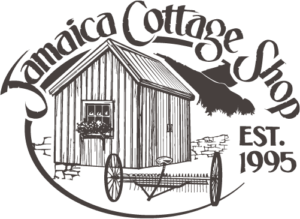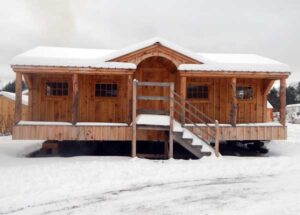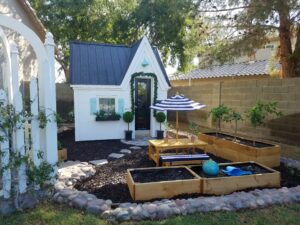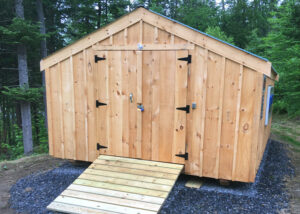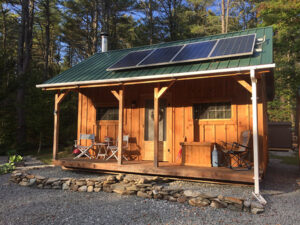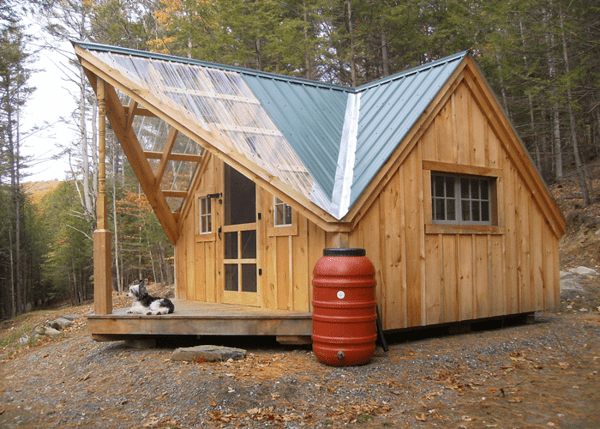
Like a strong foundation, the roof is an integral to the lifespan of your tiny home. When problems arise your cabin roof can be expensive to repair and replace. Since the roof is such a necessary component in your home’s structure, it’s unsurprising that they are designed to last for many years. However, they do not last forever and if they are not properly maintained, a roof can experience serious problems which could ultimately damage the structure of your home. Whether you have recently invested in a new roof for your home or want to ensure that your existing roof lasts you for as long as possible, it’s good to know these key tiny house roof maintenance tips.
Inspect the Roof for Damaged Shingles

Inspecting your post and beam cottage roof is a good habit to get into regularly. It’s always a good idea to make sure that there aren’t any signs of damage that could lead to bigger problems. If you have installed architectural asphalt shingles, or red cedar shingles or shakes on your tiny house you should keep an eye on the roof shingles or tiles to make sure that none are missing or damaged. If you can do so safely, get up on your roof periodically to clean the shingles and rid them of any debris and dirt to reduce the risk of moss, algae, and other fungal growths. If you notice any damage to your roof shingles, it’s important to get them professionally repaired as quickly as possible. This will help prevent leaking during inclement weather. Find out more about roof leakage repair here.
Check for Rust and Corrosion
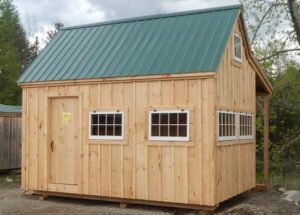
A 29-gauge corrugated metal roof, installed on a post and beam cabin, will tend to have a lifespan of twenty to thirty years. The lifespan depends on whether or not you select galvalume or painted metal panels. Other benefits of this roofing type are affordability and ease of replacing panels if you do find damage.
One tell-tale sign of damage that you should look out for when inspecting your corrugated metal roof is corrosion or rust. Any rust that has developed on the roof should be removed using a hard wire brush. You can then use anti-corrosion primer and paint to restore the affected area and prevent the rust from reappearing and spreading. If the panel is damaged beyond repair you can always swap it out for a new one as a quick and easy fix that won’t break the bank.
Keep Your Gutters Clean
Gutters are designed to direct any rainwater away from your home and its foundations. Along with causing problems with the roof, gutters that are clogged can also lead to damp patches in your home, which can cause mold and other nasty problems that no homeowner wants to deal with. Regular gutter cleaning is important not only for keeping your roof looking great, but maintaining its good condition since water accumulating in the gutters due to debris blockages can end up underneath the structure of the roof where it can lead to serious damage.
Some of our cabin designs, like the Writer’s Haven for example, utilize valleys in the roof structure. These should also be cleaned periodically to prevent clogs and dams in your roof. Make it a part of your spring and fall backyard maintenance routine.
Keep Overhanging Branches Trimmed
Trees around your home can look great and provide shade and clean air, but the truth is that they can also cause damage to your roof if they are allowed to overhang too much. Falling branches, pine needles and acorns can scratch, ding and dent your roof. Sap can cause snow to stick in the winter.
Any trees that are hanging too close to your roof should be trimmed back to prevent leaves from falling and collecting on the roof and in the gutters. Any leaves that have already been collected on the roof should be cleaned away since they can retain moisture and rot the roof shingles over time.
Before You Buy Your Tiny Home…
When you are making decisions on a prefab cottage or backyard cabin kit consider your building site. Will there be a lot of plant life and trees growing in the area? How much snowfall can you expect each year? When you have answers to these questions you can think about what type of roof style will work best for your environment. For example, a tiny house with a saltbox roofline will shed most of the snow toward the back of the building, leaving you with less shoveling to get out of your house in the winter. If you decide to add a porch or buy a post and beam cabin with a shorter roof pitch you might need to rake the snow off. We also offer an increase snow load option when you are building a post and beam cabin.
Without your roof, your house would not be much of a home. Whether you’ve invested in a brand new roof or want to make sure that yours is kept in good condition for longer, follow these simple maintenance steps for a long, warm and dry life.

